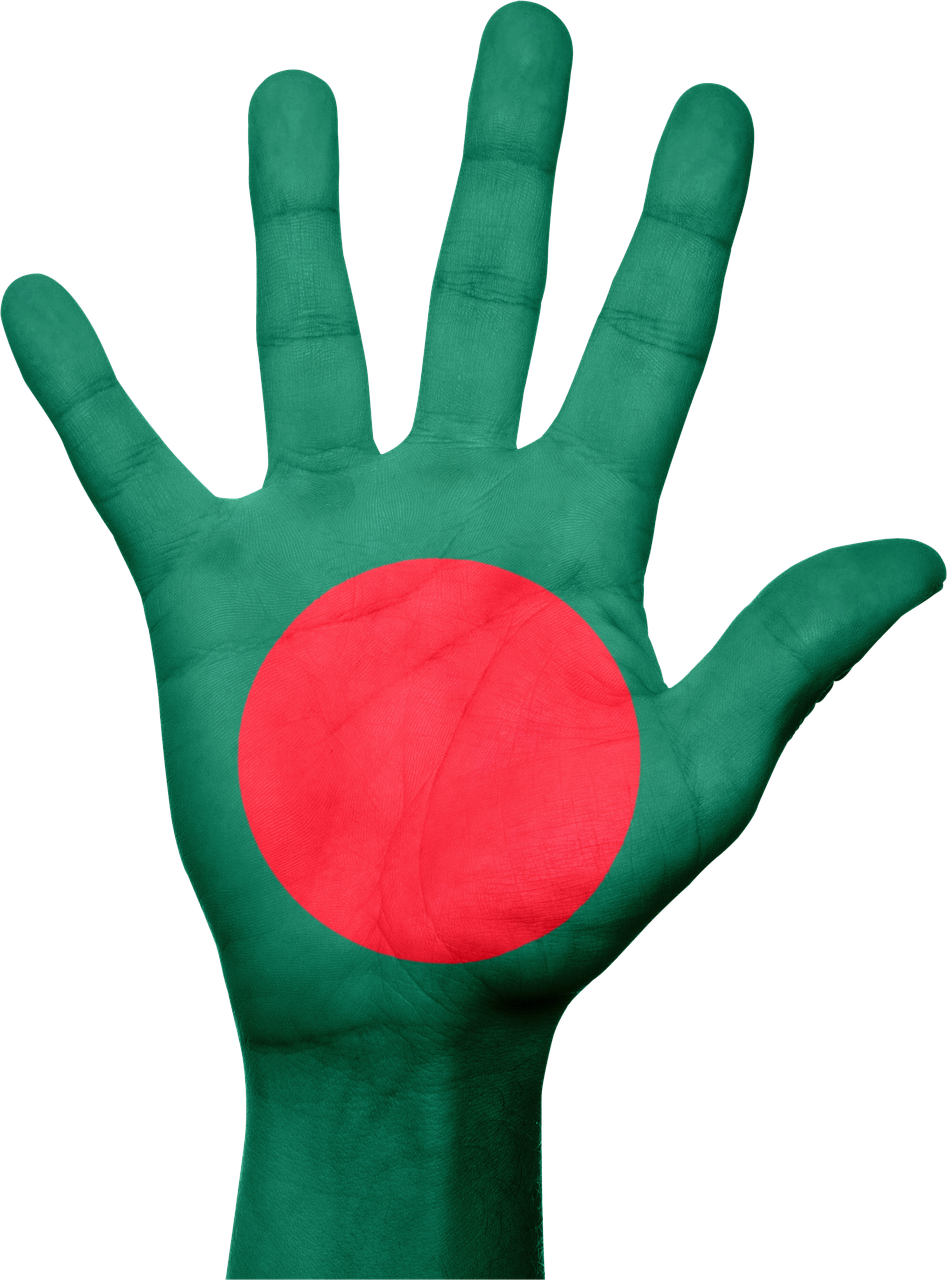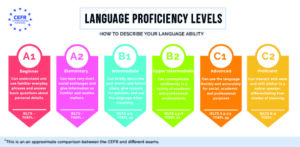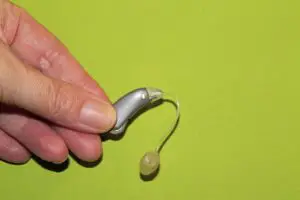Deep within the bustling tapestry of Bangladesh, whispers and gestures weave a different kind of magic. This is the captivating realm of Bangla Sign Language (BdSL), the silent voice of over 200,000 Deaf Bangladeshis. More than just a set of handshapes, BdSL is a vibrant language with its own grammar, syntax, and a rich cultural heritage. Let’s step beyond the spoken word and explore this fascinating world.
From Whispers to Recognition:
BdSL is not simply a signed version of spoken Bangla; it’s a unique language that grew organically within the Deaf community. Its roots trace back to the late 19th century, with the establishment of the Calcutta Deaf and Dumb School. Here, students from across regions, including what is now Bangladesh, developed a shared signing system, independent from other Indian sign languages. Over generations, this system evolved into the BdSL we know today, carrying the distinct imprint of Bangladeshi culture and identity.
In 2009, BdSL earned its rightful place as Bangladesh’s official language. This historic recognition was a powerful symbol of inclusivity, marking a significant step towards breaking down communication barriers for the Deaf community. Government initiatives promoting BdSL education and interpreter training demonstrate a commitment to fostering a truly accessible society.
The Dance of Hands and Eyes:
While BdSL may appear silent, it pulsates with life. Imagine hands transforming into delicate birds soaring through the air, or a furrowed brow conveying the weight of unspoken words. Facial expressions and body language become integral elements, painting vivid pictures and adding layers of nuance. Unlike its spoken counterpart, BdSL thrives on context, with the environment and shared cultural knowledge playing a crucial role in interpretation.
Mastering BdSL is no easy feat. It requires dedication to acquiring its unique grammar and vocabulary. Sentences don’t unfold linearly, but rather in a dynamic interplay of handshapes, movements, and expressions. Describing objects, expressing emotions, and weaving narratives – all become intricate dances of fingers and eyes.
Challenges and Triumphs:
Despite the progress, the journey for BdSL and the Deaf community remains paved with challenges. Access to education remains a critical issue, with a shortage of qualified BdSL-fluent teachers and limited resources. Social stigma and lack of awareness in wider society further hinder inclusion and opportunities.
However, the Deaf community is far from silent. Through advocacy groups and cultural events, they are actively promoting BdSL and breaking down barriers. Deaf poets and artists are using the language to express their unique perspectives and enrich the cultural landscape of Bangladesh.
Bridging the Gap, One Sign at a Time:
Learning even a few basic BdSL signs can bridge the gap between the Deaf and hearing communities. Simple greetings, inquiries, and expressions of respect can go a long way in fostering communication and inclusivity. Supporting businesses employing BdSL interpreters, advocating for better education access, and actively engaging with Deaf individuals are all steps towards creating a more equitable society.
Remember:
- BdSL is a unique and distinct language, not simply a signed form of spoken Bangla.
- Recognizing its official status and supporting its development are crucial for inclusivity.
- Learning basic BdSL signs is a simple yet powerful way to bridge the communication gap.
- Celebrating the Deaf community and their language demonstrates respect and fosters understanding.
Let’s move beyond the limitations of spoken words and embrace the vibrant tapestry of BdSL. By recognizing its beauty, acknowledging its challenges, and celebrating its triumphs, we can create a world where every voice, spoken or signed, is heard and valued.



